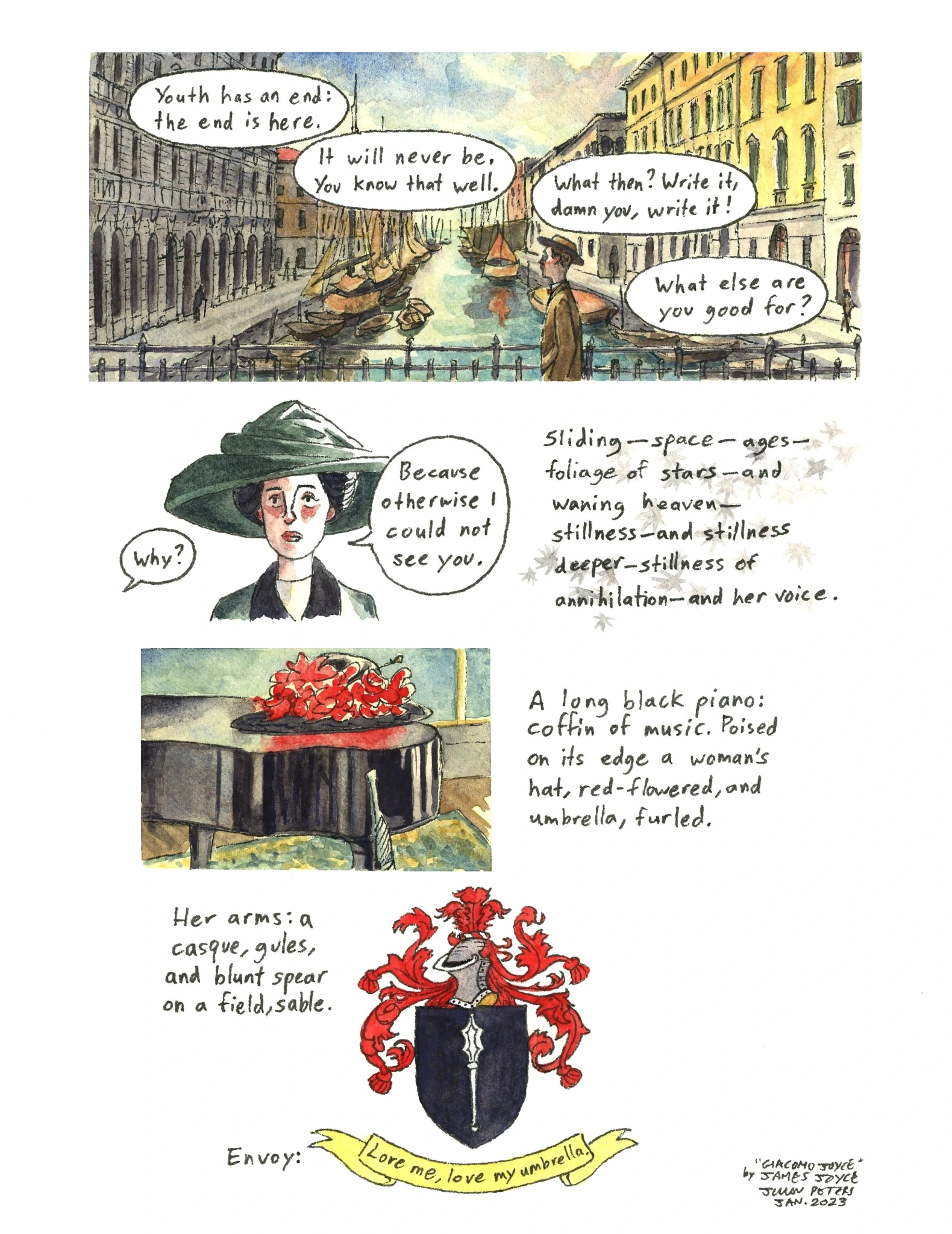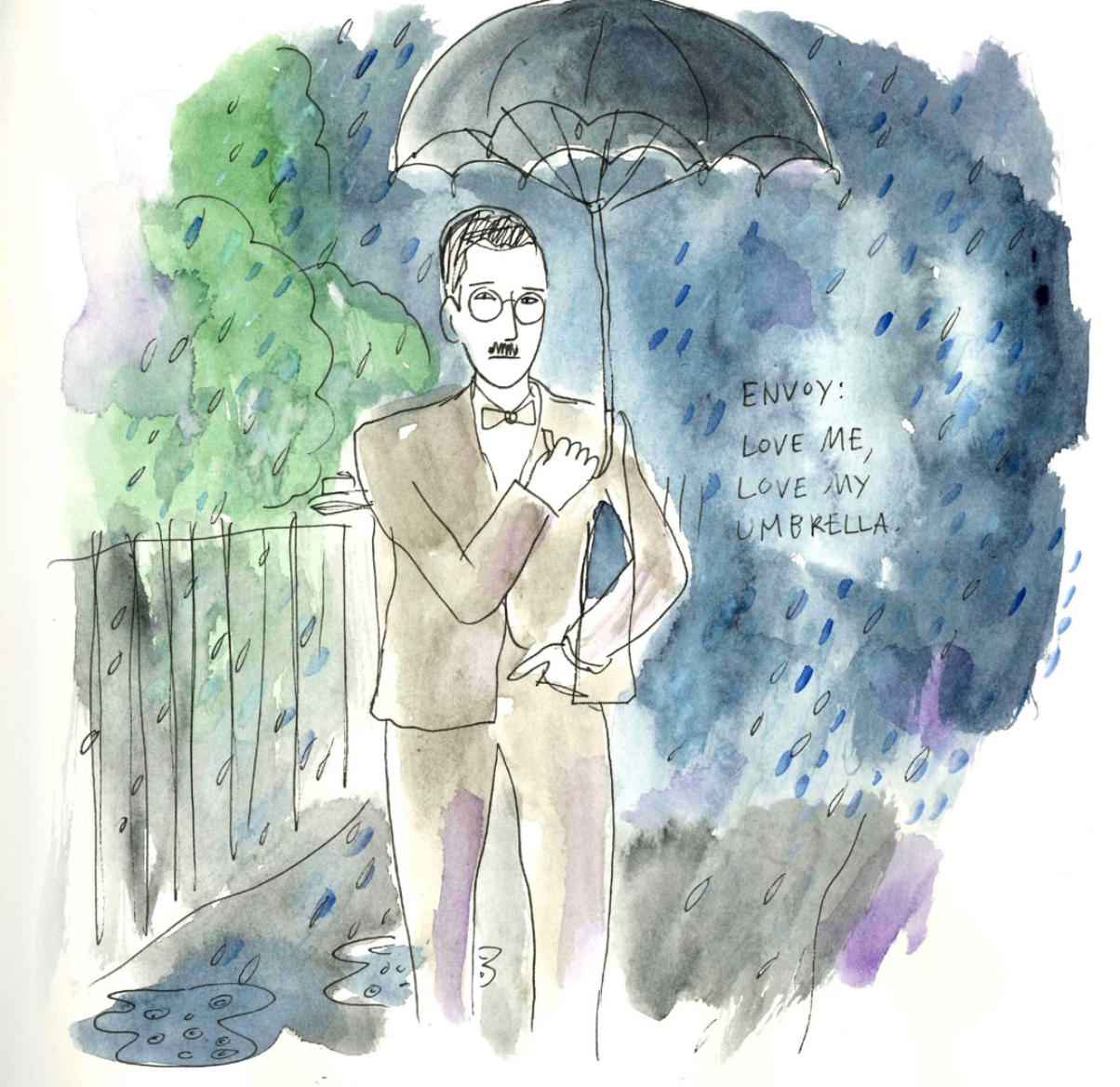At its end, Giacomo Joyce lands with a reckoning of self - the author’s turn to reality. For the first time, the lens turns back on Joyce, with a sharp and sudden scrutiny. I was interested in how our contributors would treat this tonal and contextual shift.
Joyce, Giacomo Joyce, page 16
JP
ED: The final page of Giacomo Joyce is one of the most fragmented in its writing, and I was interested by how you presented this slippage between moments of closure, self-address, imagined visions, fragments of memory, and the final images and envoy of Giacomo Joyce.
In this page of your response, there is almost a panel-like grid structure to your page, with illustrations and text organised in self-contained frames – a more structured appearance than many of your earlier pages. What compelled you to achieve this sense of structured assemblage, in this final page particularly?
JP: I think (subconsciously) it made sense to have the last page appear a little more well-ordered than the others. That last portion of the text mainly deals with Giacomo’s nascent acceptance of the end of the “affair,” which naturally involves a certain reconfiguration and compartmentalization of his thoughts and feelings. The more sober, layout of the page can be read as a reflection of this new mental stance.
It also seems to signal the beginning of the protagonist’s ageing and perhaps mortality. This is evoked by his passage across a footbridge from the sunny and cheerfully-painted facades on the left-hand side to the looming stone edifice and shaded quayside street on the right along which a bent over figure with a cane is walking.
Also, I thought it was important to make explicit Joyce’s comparison between the tableau of the hat, umbrella, and piano and the symbolic coat of arms that Giacomo imagines for his alluring student. The heraldic terminology initially had me completely baffled, as did the “envoy.” But with the visual accompaniments I think it all readily becomes quite clear.
SL
ED: Sarah - your final image is of Joyce himself, front and center stage, in the middle of a rain storm with gloomy watery patches surrounding his open umbrella and curious stare. What is this stare saying to you? What was the importance to you, of ending with an image of Joyce? What does the envoy mean to you, and the significance of the storm? What do you hope to leave readers with?
SL: I think I found the ending a little perplexing. I wanted to show Joyce because the whole romance was possibly in his head. He has been looking out, being voyeuristic, making up all this stuff up, or perhaps recording events in a certain light, and now that we’ve come to the end of the text, it’s time to look at him, the creator.
There was an umbrella left on the piano – was that the student’s umbrella? Did she abandon it? He has not abandoned his umbrella. Perhaps he has returned to Ireland, where it always rains. Perhaps he is saying love me, I am essentially miserable.

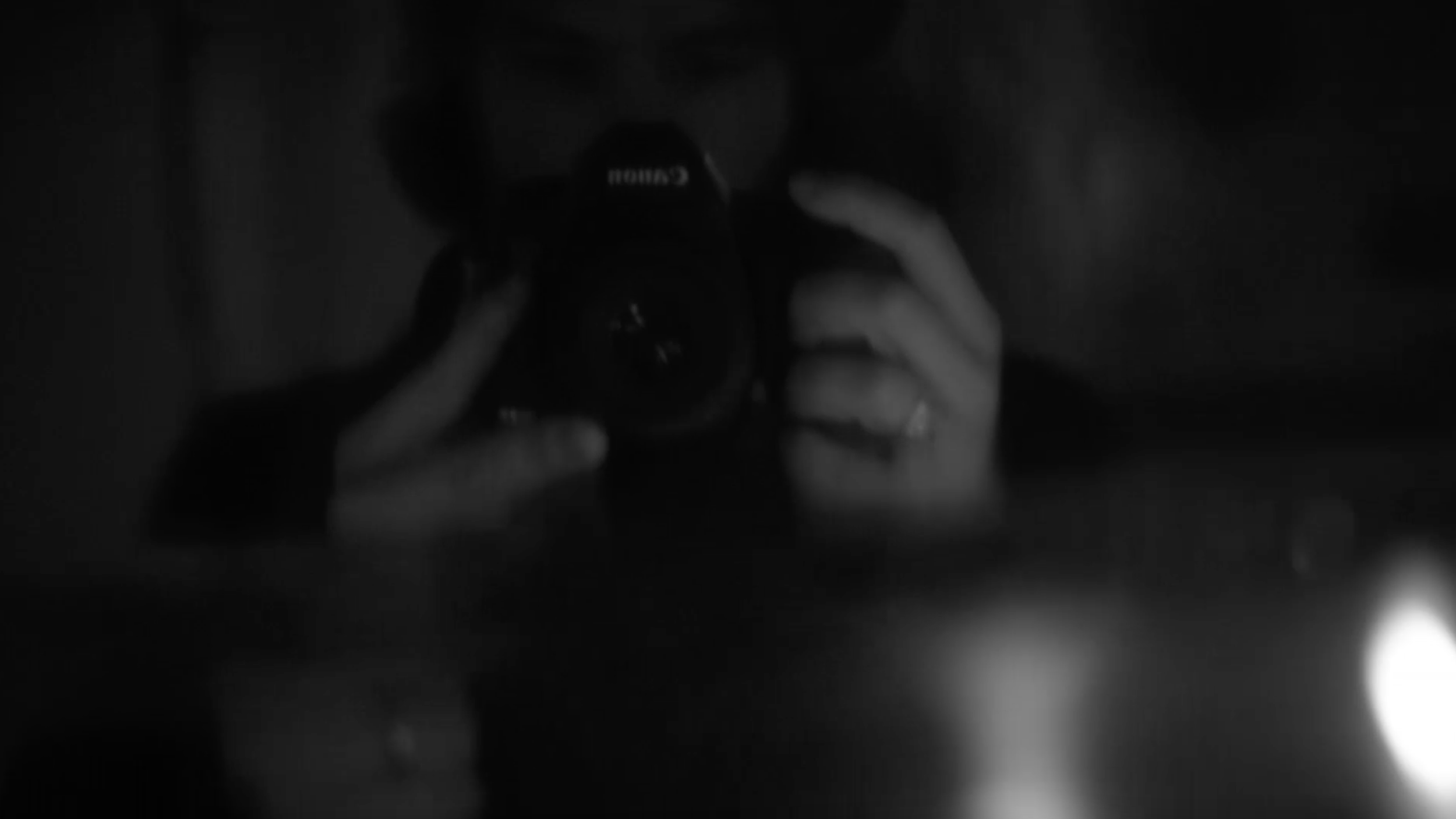
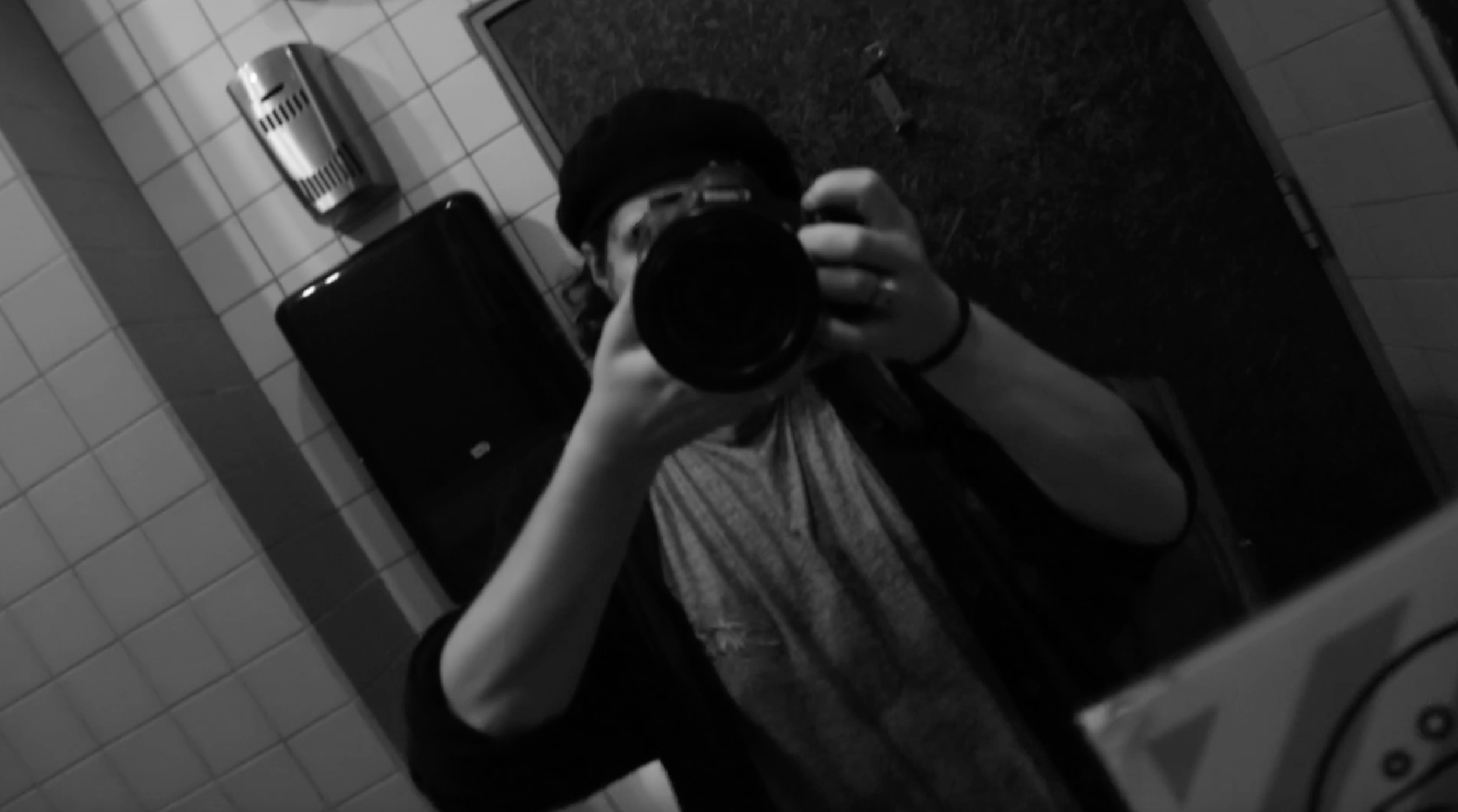
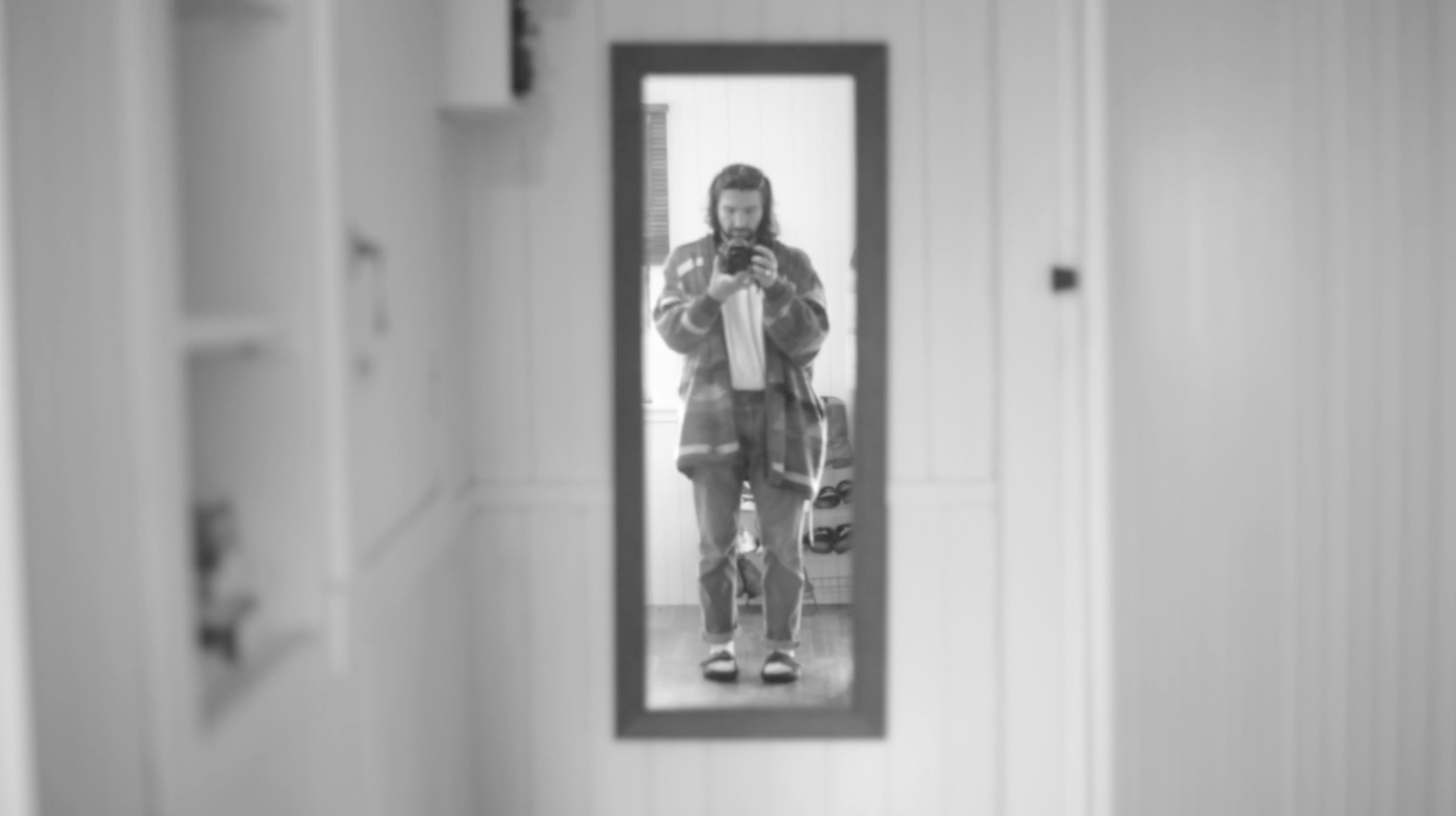
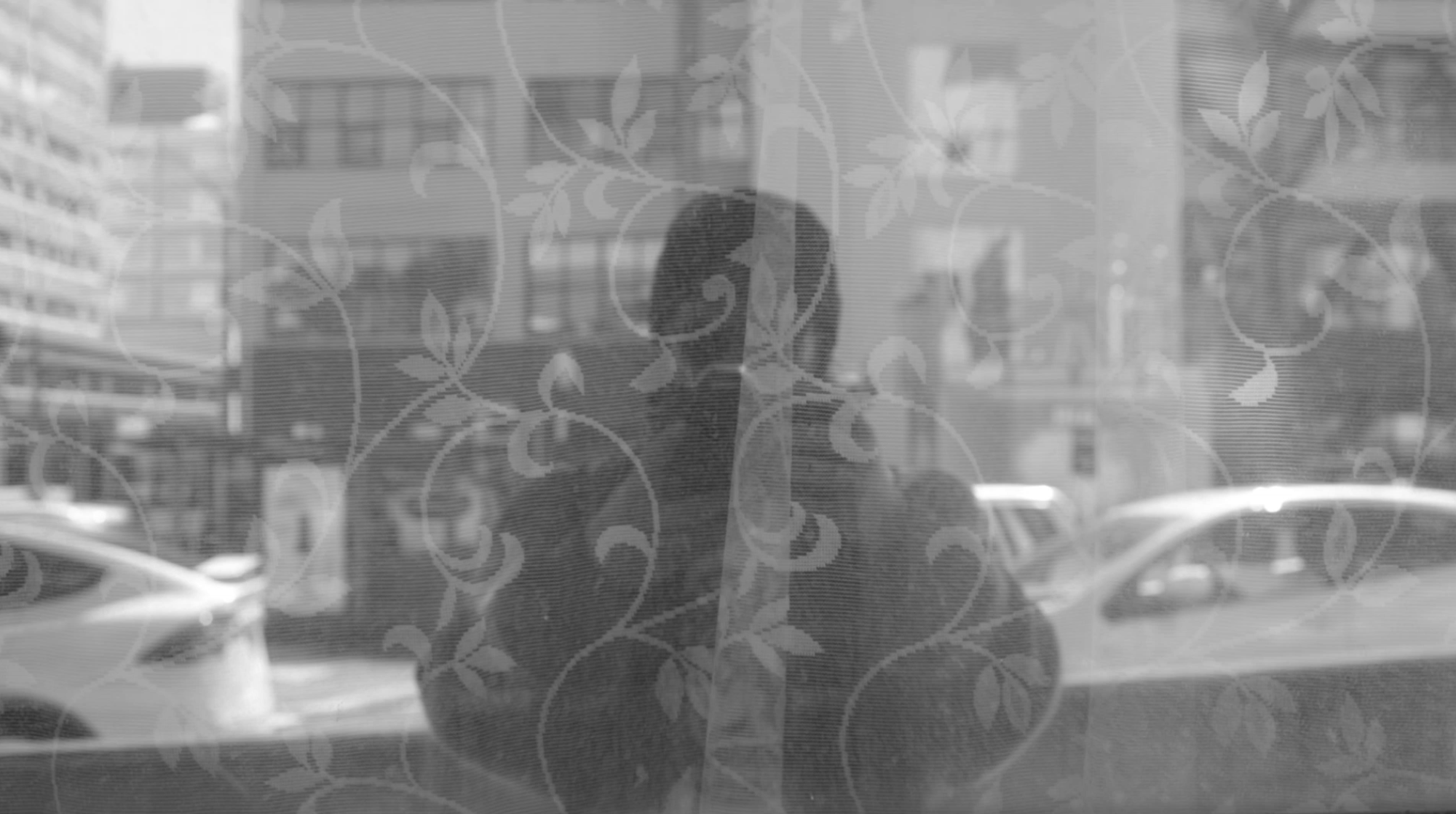
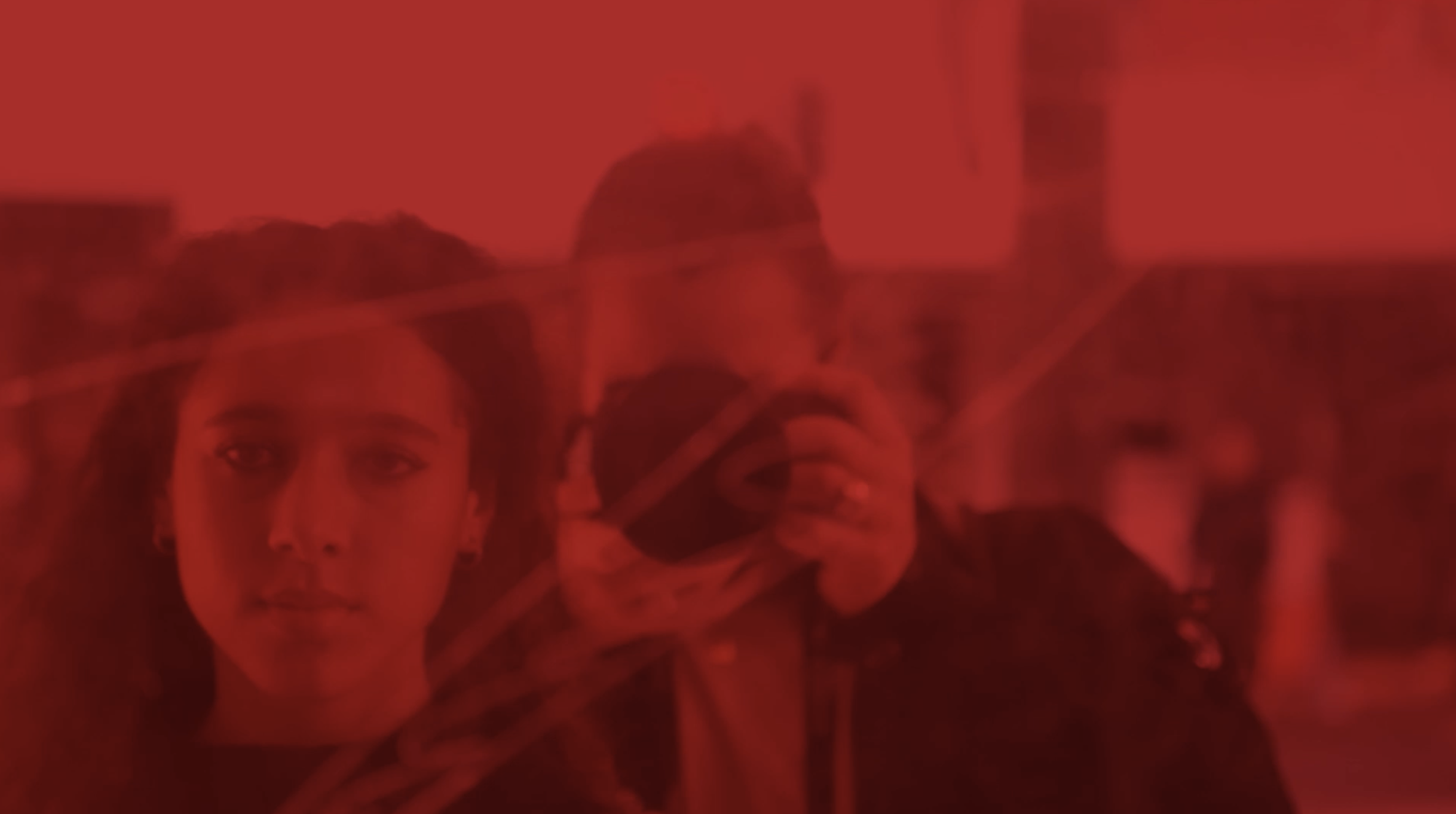
TST
ED: In your film, the first introduction to the self follows a black and white sequence of the sky and tinny green-hued clips of Wellington streets, which then cuts, unexpectedly, to the filmmaker holding the camera: a reflection of this figure that we can see in a shallow puddle of water.
ED: This is presented very briefly, with a haunting stillness that is very effective in that way as it exists in contrast not only against the bright hues of the other images, but against their erratic frantic movement.
As your film hurtles towards its end, the introduction of these short cuts to the filmmaker’s reflection draw a sense of exposure and vulnerability that add an interesting dimension to the end of your piece.
TST: These moments are supposed to be the turn of knowing. It's related to the act of looking, seeing, desire. The [filmmaker’s] reflection is to represent self-reflection: to see yourself in the camera, and to turn the mirror image.
The climax and ending [sees] the complicity of the self in all of these moments: Giacomo coming to recognize his complicity in this entire project.
❦
It all begins with an idea —
Interpretation entails identification: what is loose and incomplete comes together by gravity, the unfathomable is unfolded, the unconceivable is named, the translation is the original.

